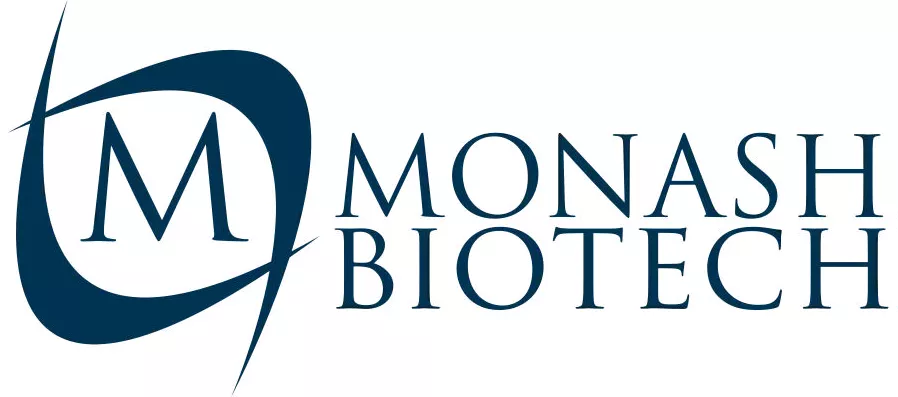Groundbreaking Non-Hormonal Drug Boosts IVF and ICSI Success Rates
Oxolife has revealed compelling new data on its innovative non-hormonal drug, OXO-001, in a significant leap forward for reproductive medicine. This first-in-class medication, designed to enhance embryo implantation in women undergoing in vitro fertilization (IVF) or intracytoplasmic sperm injection (ICSI), has demonstrated remarkable success in increasing pregnancy and live birth rates. The findings, presented at the European Society of Human Reproduction and Embryology (ESHRE) 40th Annual Meeting in Amsterdam, highlight the potential of OXO-001 to revolutionize fertility treatment.
Addressing a Critical Challenge in Assisted Reproductive Technology (ART)
Embryo implantation failure is a leading cause of unsuccessful IVF and ICSI cycles, causing emotional distress for countless couples trying to conceive. Oxolife’s OXO-001 offers a promising solution by directly targeting the endometrium — the inner lining of the uterus — to create a more favorable environment for embryo implantation. This drug represents a major advancement in ART, providing hope for improved outcomes in a field where success rates have traditionally been challenging.
Phase 2 Clinical Trial Yields Encouraging Results
Oxolife’s Phase 2 clinical trial, a double-blinded, randomized controlled study, focused on 96 women under the age of 40 who underwent single embryo transfers using donor eggs. The results were highly encouraging, showing a substantial increase in pregnancy rates among those treated with OXO-001 compared to those who received a placebo.
Biochemical Pregnancy Rate
: The trial revealed a biochemical pregnancy rate of 75.9% in the OXO-001 group, compared to 52.4% in the placebo group. This early indicator of pregnancy underscores the drug’s effectiveness in the critical initial stages of embryo implantation.
Clinically Confirmed Pregnancy Rate
: Five weeks after embryo transfer, the clinically confirmed pregnancy rate — marked by a detectable fetal heartbeat — was 50.0% for the OXO-001 group, significantly higher than the 35.7% observed in the placebo group.
Ongoing Pregnancy Rate
: Ten weeks post-embryo transfer, the ongoing pregnancy rate showed a 10.6 percentage-point increase, with 46.3% of women in the OXO-001 group continuing their pregnancies compared to 35.7% in the placebo group.
Live Birth Rate
: Most notably, the live birth rate for women treated with OXO-001 was 42.6%, a 6.9 percentage-point increase over the 35.7% rate seen in the placebo group.
A Pivotal Step Toward a Phase 3 Trial
While the Phase 2 trial was not powered to confirm statistical significance across all outcomes, the results strongly support the progression to a Phase 3 confirmatory trial. This next phase will expand the study to include women using their own eggs, potentially broadening the applicability of OXO-001 and paving the way for its eventual market approval.
Agnès Arbat, Chief Executive Officer of Oxolife, emphasized the transformative potential of OXO-001: “Most rounds of IVF or ICSI still end in failure — many, because a viable embryo does not implant. A simple-to-take pill that materially improves the chance of success would therefore be of huge benefit to those who want a baby. This proof-of-concept phase 2 study shows that hope is now a step closer. Physicians and patients tell us that they consider a five percentage-point improvement in the ongoing pregnancy rate after IVF / ICSI to be clinically meaningful, so to achieve double that is amazing.
This study was purposefully designed to include only women who used donor eggs so it could single out the true effect of OXO-001 on the endometrium. However, we believe OXO-001 has the potential to work equally well in those using their own eggs, and we are already planning a pivotal Phase 3 clinical trial in this more extensive group to support product registration.”
Expert Endorsement and Future Outlook
Professor Dr. Karen Sermon, Chair of ESHRE, lauded the study’s findings, noting, “Despite continuous developments in ovarian stimulation, embryo manipulation, and culture, improving live birth rates in medically assisted reproduction has been incremental at best. A jump of nearly seven percentage points is very good news for our patients, and hopefully this can be confirmed in larger patient groups.”
OXO-001 has undergone extensive preclinical and clinical testing, including trials in over 300 women, and has consistently demonstrated an excellent safety profile. The drug is rapidly absorbed and eliminated from the body within 24 hours, and follow-up studies have confirmed normal development in babies born to mothers treated with OXO-001, with no adverse effects compared to those in the placebo group.
As Oxolife prepares for its pivotal Phase 3 trial, the potential impact of OXO-001 on the future of ART cannot be overstated. If successful, this non-hormonal drug could become a game-changer in fertility treatment, offering a new, effective option for improving the chances of successful embryo implantation, pregnancy, and live birth.
Sources :
Our Products
Blastomere Biopsy Micropipettes
Holding Micropipettes
Injection Micropipettes
Polar Body Biopsy Micropipettes
Trophectoderm Biopsy Micropipettes Bevelled
Trophectoderm Biopsy Micropipettes Flat
Support
Customer Support
Frequently Asked Questions
Chat on WhatsApp
Chat on FaceBook Messenger
Helpful Resources
Privacy Policy
Please note that the 3D models displayed on this website are for illustrative purposes only. Actual product dimensions, colors, and finishes may vary. These models should not be considered a precise or guaranteed representation of the final product.
© 2025 Monash Biotech. All Rights Reserved.
Designed & Developed by Goafreet Company


